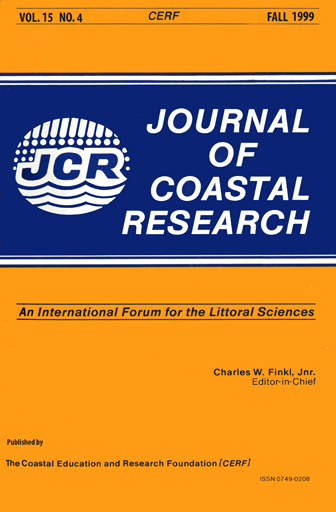Systemwide Modeling of Wind and Density Driven Circulation in Croatan-Albemarle-Pamlico Estuary System Part I: Model Configuration and Testing
Keywords:
Inlet, Outer Banks, estuary-shelf exchange, nonlinear model, baroclinic model, wind stress.Abstract
The Croatan-Roanoke-Albemarle-Pamlico-Core Sounds Estuary System (referred to as CAPES) of North Carolina, is the largest coastal lagoonal estuary in the United States. Although estuarine circulation and estuary-shelf exchange in the CAPES have been observed to be baroclinic, previous modeling studies of the CAPES and its interaction with the shelf were limited to barotropic, shallow water models and were statically coupled to the inlets to preserve continuity of water level and flux. In this study, a three-dimensional baroclinic model has been configured for the CAPES with dynamic coupling to the adjacent shelf. A test case was carried out, which predicted the flow pattern and salinity distribution in the CAPES and the exchange between the CAPES and coastal ocean during the passage of a prototype cold front which caused an abrupt wind shift from southwesterly to northwesterly. Comparison between model results and observations indicated that the three-dimensional model was able to predict realistic near-surface low-salinity plumes on the ocean side of inlets and river mouths, high-salinity plumes on the sound-side of inlets, and water mass exchange between different compartments of the CAPES.Downloads
Published
1999-10-23
Issue
Section
Articles


